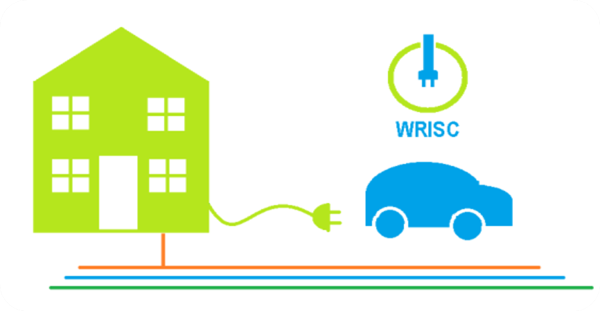Project Overview

Many debates have arisen as to how the UK government is going to tackle the issues associated with the ongoing rise of the supply and demand of energy due to the ever-increasing population, whilst reducing carbon reduction commitments due to anthropogenic climate change. Within the UK, whilst the targets that have been set by the UK and Scottish Governments are clear, the future of power generation and how these targets can be met are somewhat unclear and have been subject to ongoing discussion. Whereas energy efficiency within the home is clear, there are many technologies that policy makers may choose to promote over others and this has been reflected by the latest tariffs and incentives supporting the installation of renewable technologies such as offshore wind farms, PVs and solar thermal installations.

Figure 1: Greening the grid
This project aimed to look at future scenarios that would give rise to a growth in progressive levels of electricity usage and the impact that this would have on the existing Low Voltage (LV) Distribution Network. One possible future scenario that was considered was for the eventuality of there being a shift from gas to electricity demand. If, for instance, grid electricity was generated from renewable energy sources then this would decarbonise the national grid and encourage homeowners to switch from gas fired heating to electric heating systems to reduce carbon emissions and hence “greening of the grid” as shown in figure 1. In this scenario all of the demand for energy would have been shifted from gas to electricity. This would cause a great deal of concern to utility companies and so this project aimed to address the impacts that might arise on the LV distribution network if this future scenario were to occur.